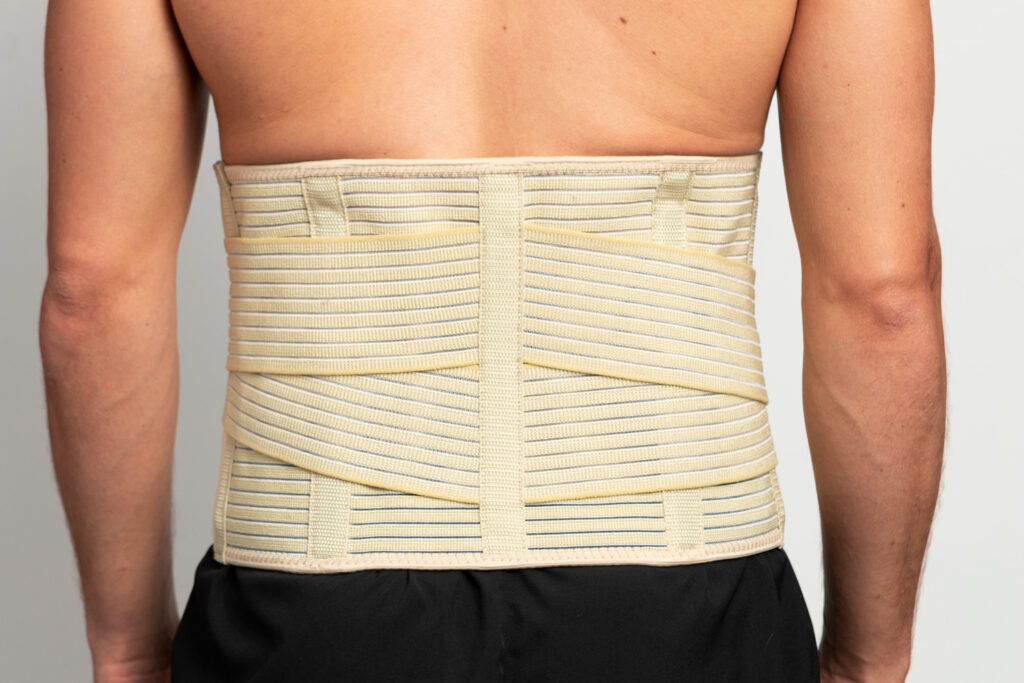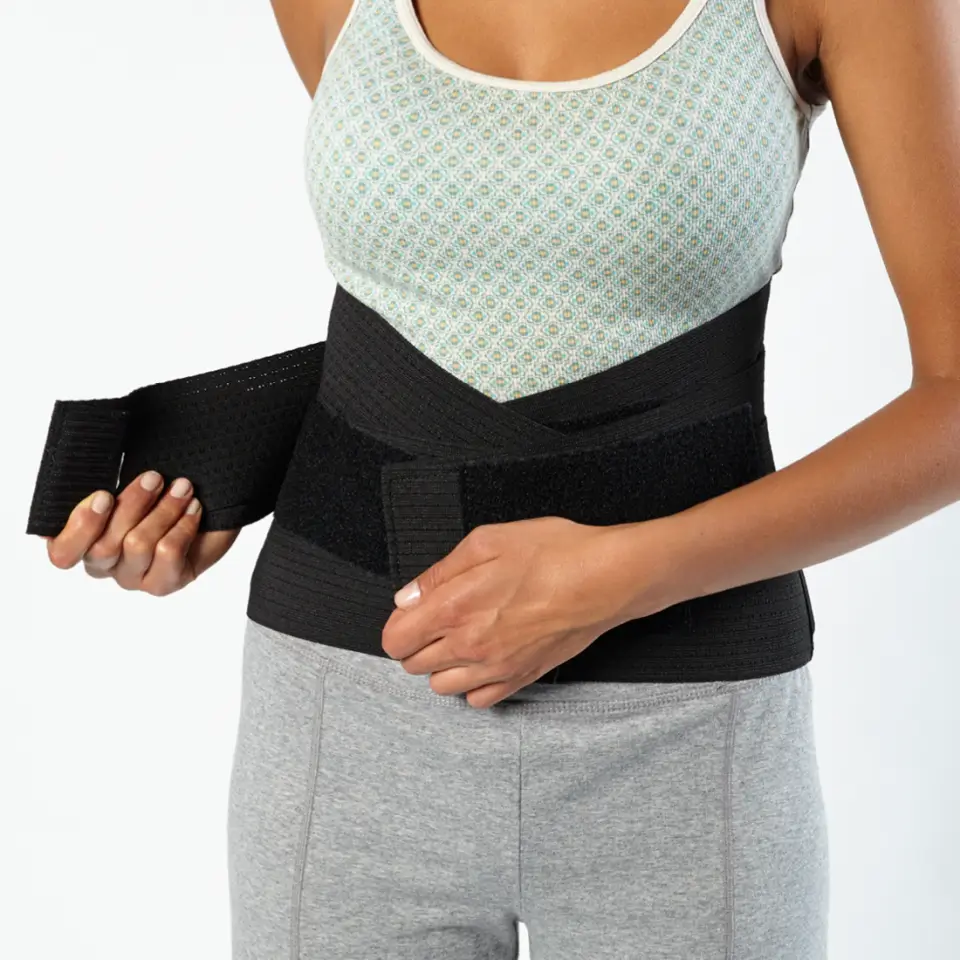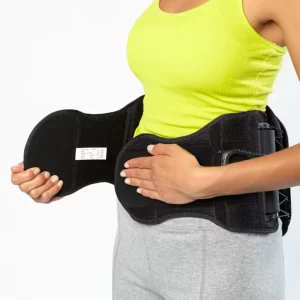Understanding Lower Back Pain
The Lower back is a complex structure, made up of 5 lumbar vertebras that support the weight of the upper body. The spine is a crucial part of your body function. The spinal cord that connects the brain to the rest of your body, is protected by the bones in your spine. An injury to any of these structures can result in localised back pain or radiating pain if a nerve that sends signals to the extremity becomes compressed.

Symptoms
Low Back pain, or “Lumbago” can be caused by an injury to a muscle, ligament or joint around the lower spine, called the “lumbar” or “lumbosacral” spine, resulting in localised pain.
Mechanical low back pain can be caused by improper lifting, poor posture, repetitive stress, lack of exercise or fracture to the spine. You can be at higher risk of developing lower back pain from having more pressure or strain on your back by being overweight or pregnant.
Lumbar sprain
Ligaments are the connective tissue that joins bones, joints and cartilage together and keeps the spine stable. The ligaments can be overstretched and tear from improper lifting or lifting something too heavy.
Muscle Spasm
It would be hard for you to distinguish between a ligament or a muscle injury as both can cause significant pain and inflammation in the area. A muscle spasm is an involuntary contraction of the muscle that feels like cramping or tightening. The back muscle would spasm to protect itself or could mean that there is an underlying problem with the spine.
Degenerative disc disease
The ‘disc’ is the layer between the vertebral body that contains a jelly-like substance which acts as a shock absorber in the joint of the spine. It is normal for this layer of disc to become drier and less flexible with age, therefore, your spine will not be able to move freely and can be painful. Your pain can be worst with sitting but can be relieved by standing up, changing positions or lying down.
Ruptured, prolapsed or herniated disc
When the jelly-like substance in the disc bulges out of a tear in the outer casing of the disc, it is called a ‘herniated disc’. In most cases, a herniated disc is undetected as it does not cause symptoms. However, if the bulged disc pushes against a nerve, it will cause a significant amount of pain. Overtime, the herniated portion of the disc can get smaller, therefore symptoms will ease and go away.
Diagnosis
Your doctor may request imaging to find the cause of the pain. An MRI scan can show whether you have an injury soft tissue, spinal discs and nerve roots. Whereas, a CT scan will provide cross-sectional images of your spine.
An X-ray can provide clearer imaging of bone and can be used to rule out any fractures. This will help your doctor decide on how to treat it.
Treatment
Bracing is a conservative approach that provides targeted compression to the muscles and ligaments that are causing pain. It helps relieve muscle tension and pain in your lower back. Bracing can also improve posture to redistribute weight in the spine and to lessen the strain on the muscles and ligaments around the back to provide pain relief during recovery of lower back aggravation.
Hot & Cold Therapy helps alleviate sore and tight muscles around the lower back. Applying heat to an inflamed area will promote blood flow.
Physical Therapy Programs focus on strengthening the core muscle groups in the low back and improve flexibility and posture of the back.
Your doctor may prescribe medications such as pain-relieving medications or non-steroidal anti-inflammatory drugs for acute and chronic low back pain.

OAPL Cool Fit Cinch
The oapl Coolfit Cinch provides lumbar spine support to help reduce low back pain and support the abdominal region. It features a ventilated mesh support with elastic segment and includes touch tape adjustment for easy application.

Bioskin Back skin
Ideal for low back pain due to low back sprains, the Bioskin back skin provides overall compression to your lower back. Can be worn during activities to prevent re-injury by improving back posture. Can be purchased with a foam pad for targeted compression.

Bioskin Vector
Provides targeted, vectored compression through a dual pulley cinching system through pulling the handles. This will pull the lumbar (lower spine) panel forward into the spine for the targeted compression. The Vector comes with a hot/cold pack that can be inserted into the back section of the brace to provide relief from flare ups from muscular strains and osteoarthritis of the lower back.
oapl have a vast array of experience treating patients with lower back pain. To book an appointment with one of our orthotists please call us on 1300 866 275 or view our clinical locations here.